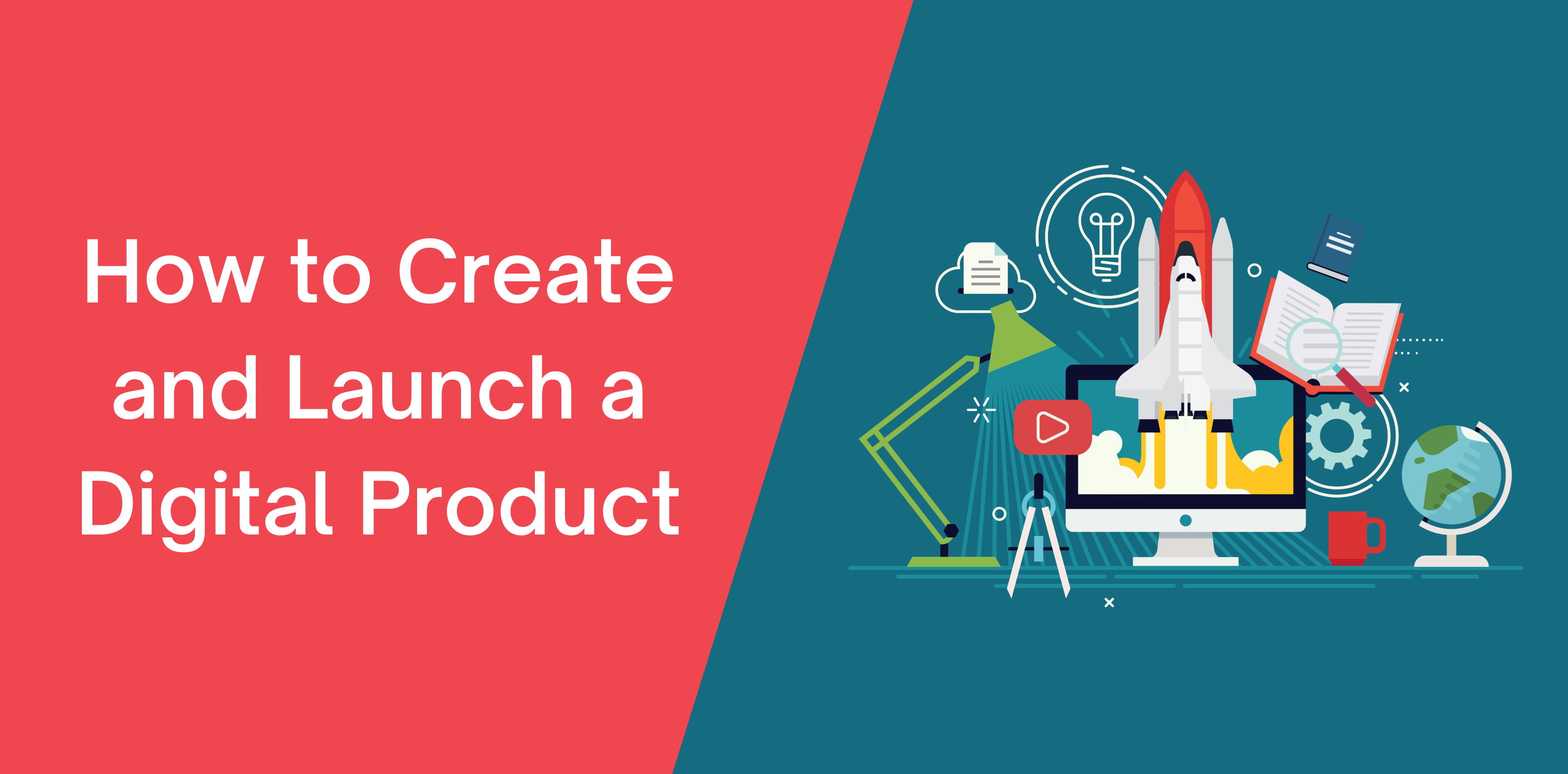
CRM: The Secret Weapon for Successful Digital Product Launches
In the fast-paced world of digital product launches, success hinges on more than just a great product. It requires a carefully orchestrated strategy that prioritizes customer engagement, personalized communication, and data-driven decision-making. This is where Customer Relationship Management (CRM) systems emerge as indispensable tools. While often associated with sales and marketing teams, CRM’s capabilities extend far beyond, providing the backbone for a thriving digital product launch and fostering long-term customer relationships.
Why CRM is Crucial for Digital Product Launches
Imagine launching a new software application, an online course, or a digital subscription service. Without a CRM, managing the influx of leads, tracking customer interactions, and personalizing communication becomes a chaotic and inefficient process. A CRM addresses these challenges by providing a centralized platform to:
-
Centralize Customer Data: A CRM acts as a single source of truth for all customer information. It captures data from various touchpoints – website visits, email sign-ups, social media interactions, demo requests, and more. This unified view allows for a holistic understanding of each customer’s needs, preferences, and behavior.
-
Segment and Target Audiences: Not all customers are created equal. A CRM enables you to segment your audience based on demographics, interests, purchase history, engagement level, and other relevant criteria. This segmentation allows you to tailor your messaging and marketing efforts to specific groups, increasing the likelihood of conversion and maximizing ROI.
-
Personalize Communication: Generic marketing messages often fall flat. With a CRM, you can personalize your communication based on individual customer profiles. Address customers by name, reference their past interactions, and recommend relevant products or services. This personalized approach fosters a sense of connection and demonstrates that you value their individual needs.
-
Automate Marketing Tasks: Digital product launches involve a multitude of repetitive tasks, such as sending welcome emails, nurturing leads, and following up on inquiries. A CRM automates these tasks, freeing up your team to focus on more strategic activities. Marketing automation workflows can be configured to trigger specific actions based on customer behavior, ensuring timely and relevant communication.
-
Track Engagement and Measure Results: A CRM provides robust reporting and analytics capabilities, allowing you to track key metrics such as website traffic, email open rates, click-through rates, conversion rates, and customer lifetime value. These insights enable you to measure the effectiveness of your launch campaigns, identify areas for improvement, and optimize your strategy for future launches.
-
Manage Leads and Opportunities: During a product launch, you’ll generate a significant number of leads. A CRM helps you manage these leads effectively, track their progress through the sales funnel, and identify qualified opportunities. Sales teams can use the CRM to prioritize leads, schedule follow-up calls, and close deals more efficiently.
-
Provide Exceptional Customer Support: A successful product launch is not just about acquiring new customers; it’s also about retaining them. A CRM helps you provide exceptional customer support by providing a centralized platform to manage support tickets, track customer issues, and ensure timely resolution. This proactive approach fosters customer loyalty and reduces churn.
Implementing CRM for a Digital Product Launch: A Step-by-Step Guide
-
Define Your Goals: Before implementing a CRM, clearly define your goals for the product launch. What are you hoping to achieve in terms of lead generation, conversion rates, customer acquisition, and revenue? Having clearly defined goals will help you choose the right CRM features and track your progress effectively.
-
Choose the Right CRM: There are numerous CRM systems available, each with its own strengths and weaknesses. Consider factors such as your budget, the size of your team, the complexity of your product, and your specific needs when choosing a CRM. Popular options include Salesforce, HubSpot, Zoho CRM, and Pipedrive. Some platforms offer free trials or freemium versions, allowing you to test the software before committing to a paid plan.
-
Integrate with Other Tools: A CRM is most effective when integrated with other marketing and sales tools, such as email marketing platforms, social media management tools, and website analytics platforms. Integration allows for seamless data flow between systems, providing a more comprehensive view of customer behavior.
-
Import and Organize Your Data: Once you’ve chosen a CRM, the next step is to import your existing customer data. Ensure that your data is clean, accurate, and properly formatted. Organize your data into relevant fields and segments to facilitate targeted communication.
-
Set Up Automation Workflows: Configure automation workflows to streamline your marketing and sales processes. For example, you can set up a workflow to automatically send a welcome email to new subscribers, nurture leads with relevant content, or follow up on abandoned shopping carts.
-
Train Your Team: Provide comprehensive training to your team on how to use the CRM effectively. Ensure that everyone understands the importance of accurate data entry, consistent communication, and data-driven decision-making.
-
Monitor and Optimize: Continuously monitor your CRM data and track your key metrics. Identify areas for improvement and optimize your CRM strategy to maximize your ROI. Experiment with different messaging, segmentation strategies, and automation workflows to see what works best for your target audience.
CRM Strategies for Each Stage of the Launch
-
Pre-Launch:
- Lead Generation: Use CRM to capture leads from website sign-ups, social media campaigns, and content marketing efforts. Segment leads based on their interests and engagement level.
- Build Anticipation: Nurture leads with valuable content and exclusive previews of the upcoming product. Use CRM to personalize email campaigns and create a sense of excitement.
- Beta Testing: Recruit beta testers through CRM and collect feedback to improve the product before launch.
-
Launch:
- Personalized Onboarding: Use CRM to personalize the onboarding experience for new customers. Provide tailored tutorials, helpful tips, and exclusive offers.
- Automated Follow-Up: Set up automated email campaigns to follow up with new customers and encourage them to explore the product.
- Monitor Customer Feedback: Track customer feedback through CRM and address any issues promptly.
-
Post-Launch:
- Customer Retention: Use CRM to identify and engage with at-risk customers. Offer personalized support, exclusive content, and loyalty rewards.
- Upselling and Cross-selling: Identify opportunities to upsell or cross-sell related products or services to existing customers. Use CRM to personalize recommendations and target specific customer segments.
- Gather Feedback: Continuously gather feedback from customers to improve the product and enhance the customer experience. Use CRM to send out surveys, track customer reviews, and analyze customer sentiment.
Beyond the Launch: Long-Term Customer Relationship Management
The benefits of CRM extend far beyond the initial product launch. By nurturing customer relationships, providing exceptional support, and continuously gathering feedback, you can foster customer loyalty and drive long-term growth. A CRM provides the foundation for a sustainable business model that prioritizes customer satisfaction and retention.
Conclusion
In the competitive landscape of digital product launches, a CRM is no longer a luxury; it’s a necessity. By centralizing customer data, personalizing communication, automating tasks, and tracking results, a CRM empowers you to launch your product successfully and build lasting relationships with your customers. Embrace the power of CRM and unlock the full potential of your digital product launch. By implementing the strategies outlined above, you can transform your launch from a chaotic event into a well-orchestrated success story, paving the way for long-term customer loyalty and sustainable business growth.

